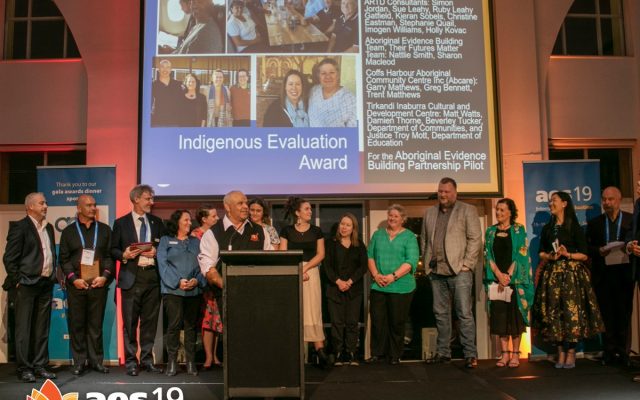
Part 6: Cut the clutter
We all know what it’s like to download a document and feel immediately daunted by the endless number of text-cluttered pages. We quickly search for an abstract, executive summary, or conclusions chapter; any way possible to ingest the most meaningful information in the shortest amount of time.
As writers (and evaluators), we want to respect our readers by presenting information as clearly and concisely as possible. We do this by using plain English. This does not mean ‘dumbing down’ our language; and it’s about much more than using simple words. It means presenting information in a way that is easy to read, understand, and act upon after just one reading. Not using plain English runs the risk of people misunderstanding our words, or worse, not reading them altogether.
To help you cut the clutter, here are our top five tips for plain English communications.[1]
- Get active. The active voice is shorter, more direct and easier to understand. In the active voice, the subject (‘who’) of the sentence is actively doing something. For example, we would say ‘ARTD ran the workshop’ rather than ‘the workshop was run‘. There are some instances where it makes sense to use the passive voice (e.g. when you want to emphasise the object), but it generally makes text more evasive and harder to follow.
- Don’t waffle. In an efficient text, about two-thirds of the words used are key words. To reduce waffle, look for words or phrases that don’t add meaning, such as ‘for all intents and purposes’. Avoid technical jargon and acronyms, prepositional phrases (e.g. ‘in order to’ rather than ‘to’), and lengthy conjunctions (e.g. as ‘a result of’ rather than ‘because’). Instead, use shorter, fewer and more commonly understood words.
- Avoid redundancies. It is unnecessary, superfluous and long-winded to verbosely reiterate concepts with words that are redundant, repetitious and tautological… Put plainly, avoid redundant words, such as ‘new innovation’, or adverbial repetition, such as ‘unexpectedly surprised’.
- Write with purpose. It’s important to have a clear and meaningful message for your audience, and to bring that message to the fore. This involves knowing your audience. Rather than burying your key findings, drive them home to the reader from the outset. This applies to our paragraph structures too—use clear topic sentences and aim for just one idea per sentence. Read more on structuring evaluation here.
- Remember presentation. Plain English extends beyond word choice. It relates to how information is arranged so that readers feel it’s approachable and can find what’s relevant. Consider using clearer headings and more bullet points, white spaces, data visualisation and pictures.
Remember that active, efficient and direct writing doesn’t (have to) mean boring. Once you’ve mastered the basics, you can take on the art of rhetoric. Add flavor to your writing with colourful adjectives, or an alliterative sequence. Vary your sentence lengths. Explore the use of stories, metaphors or analogies where the situation suits it. And always remember: how is this helping my audience get what they need?
In our final Communication for Evaluation blog, we will share our top ten writing hacks, to help you get your next report underway.




